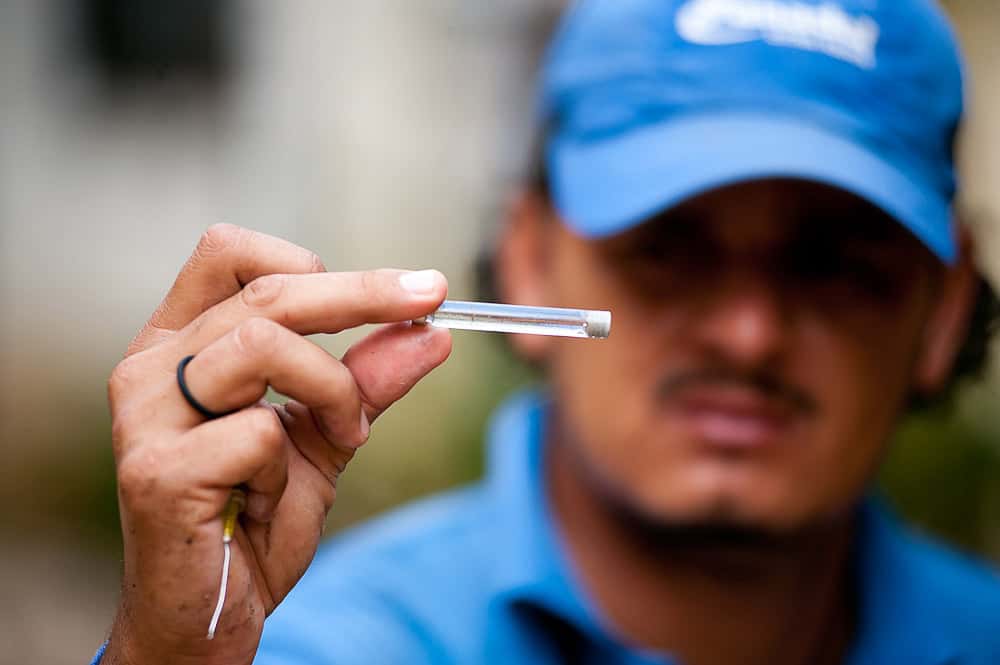Costa Rica broke its all-time record for dengue cases after the Health Ministry announced that as of Sep. 21, the number of dengue cases had reached 38,497.
The Health Ministry made the announcement at a Friday press conference, noting that the most recent week’s numbers, coupled with additional cases backdated to previous weeks added 1,658 instances of the disease. The year 2007 held the previous high, with 37,798 cases according to the Health Ministry.
Despite the high number of cases, mortalities remain low, with at most 13 suspected deaths from the virus in Costa Rica – a mortality rate of 0.03 percent.
The ministry also reported 111 cases of severe dengue, which the World Health Organization (WHO) classified as including severe bleeding, plasma leaking, respiratory distress and organ failure.
At Friday’s press conference, María Trejos, from the Health Ministry, said that cases have started dropping from historic weekly highs, despite being in the middle of the mosquito-loving rainy season, even in the worst regions such as the Pacific Northwest.
“Regions such as Nicoya, where they are working 24 hours a day, 7 days a week have seen a drop in the number of cases of the disease,” Trejos said.
Previous weekly tallies had peaked at 2,300 cases in July and August. In each of the past three weeks reports have fallen below 2,000 cases.
Though the official numbers do break 2007’s record, the ministry urged caution in interpreting the figures. Health officials said they are not testing every instance of dengue. Many of the reported dengue cases are merely suspected instances of the disease.
Dengue is a mosquito-borne virus found in tropical regions from Asia to Latin America. It was first recognized in the 1950s in the Phillipines and Thailand, according to WHO. The virus often causes severe flu-like symptoms, including fevers, vomiting, weakness and headaches.
The Health Ministry has reported that the high rate of infection this year is due to the presence of three strains in the country. As with most viral infections, the human body develops an immunity after surviving an attack. In the case of dengue, immunity to one strain does not provide immunity to the other strains.
Though weekly incidence rates remain high, the ministry credited a broad education campaign with helping to lower those numbers during the peak of rainy season. Costa Rica’s government has held the position that community involvement in removing mosquito nurseries –small pools of standing water – as the primary tool in combating the epidemic. The government has advertisements in all media, a program with the Health Ministry, and has adopted elements of popular culture such as creating a “Dengue Merengue” and using the popular song from the band Calypso Limón, “Zancudo con dengue, ¡No me piques más!,” which means “Dengue mosquito, don’t bite me anymore.” The Culture Ministry held a contest for a video on dengue using the song, and here is the winner:
The Health Ministry estimated it has spent $464,000 in 2013 on dengue advertisements. The overall message is to clean gutters, remove tires and manage any other receptacle or area where water might accumulate.
Costa Rica is not alone in facing a dengue crisis in 2013. Honduras declared a state of emergency on dengue in July. The New York Times reported that millions could have the virus in India.






